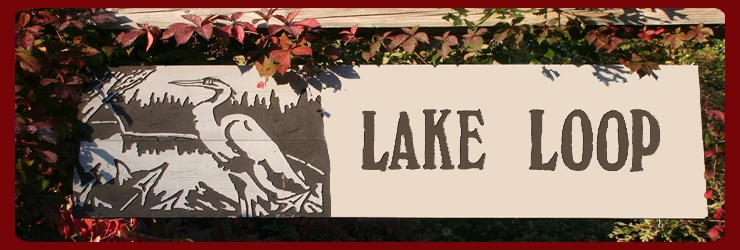 I disdained the umbrella on the walk to the bus stop this morning, lifting my face to the light rain, which almost felt warm. A carry over from yesterday, perhaps, for yesterday was a glorious spring day, sunny and warm and filled with birdsong. I was practically skipping along the street on my walk home, eager to change into jeans and take a walk in the woods, to pull some weeds and dried vegetation from the greening flower bed. Imagine my joy when I spied the neighbor's red maple! I've been watching that tree for weeks now, watching and waiting.
I disdained the umbrella on the walk to the bus stop this morning, lifting my face to the light rain, which almost felt warm. A carry over from yesterday, perhaps, for yesterday was a glorious spring day, sunny and warm and filled with birdsong. I was practically skipping along the street on my walk home, eager to change into jeans and take a walk in the woods, to pull some weeds and dried vegetation from the greening flower bed. Imagine my joy when I spied the neighbor's red maple! I've been watching that tree for weeks now, watching and waiting. Yesterday was the day I'd been looking forward to: my first budburst observation of the season. Having tracked the phenology of this tree last year, I knew it would flower any day now, but that just heightened the suspense. When it comes to spring flowers, I'm like a kid counting down to Christmas. That makes Project Budburst so perfect for me. Whee! Someone cares about the tree I saw flowering!

Project Budburst is designed for anyone and everyone to participate. The target plants are common and easy to identify, and the site provides lots of great resources to help the novice. And you need not be surrounded by nature, as many common landscaping plants are included. Even denizens of the most urban areas likely see a lilac bush or street tree regularly. For returning budbursters, the website offers some major improvements: on the results page, you can download data reported last year, and see the 100 most recent reports mapped in real time. If you like gardening or wildflowers, or just get geeked up on little changes in your outdoor world, I encourage you to check it out. Is anyone else out there playing along?









